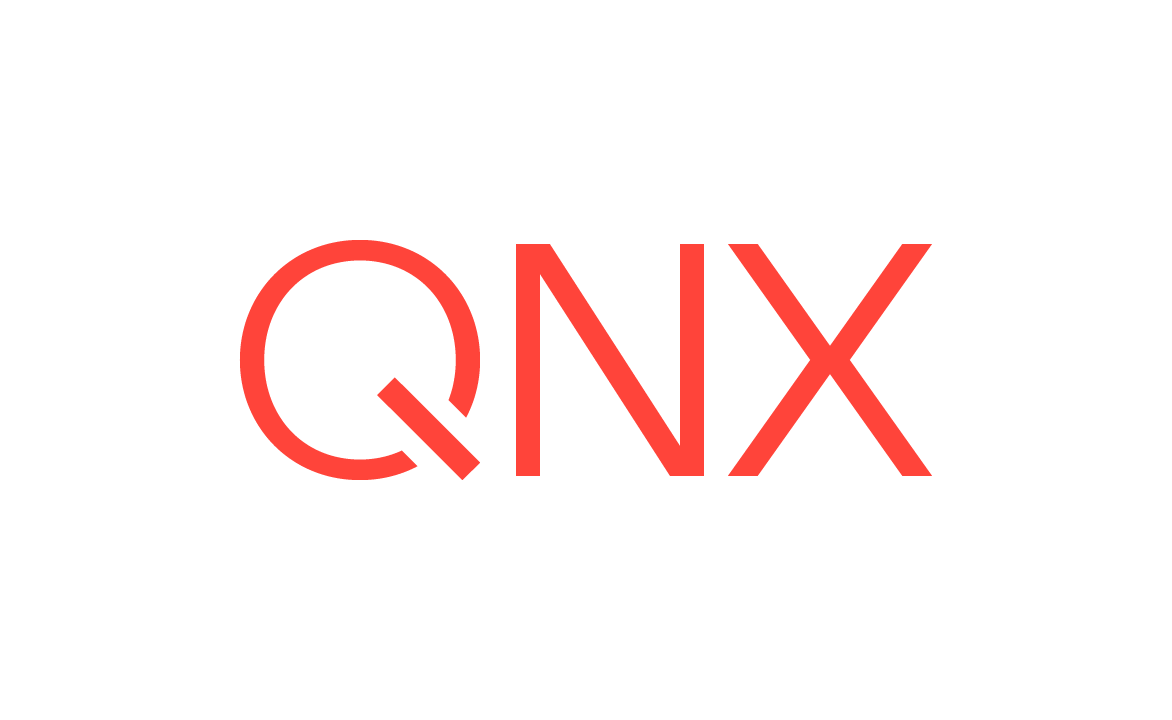Deploy licenses to users
The task of deploying licenses takes only a few simple steps, even when you are deploying multiple licenses all at once.
In this section, we define package status and discuss how to deploy:
Named user licenses
To deploy a named user license to a user:
- Look at the product’s Status field to make sure the license is Available.
- Click the product’s Users field, then click Deploy.
- Enter the user’s email address, then click Save. The address must be associated with a valid myQNX account.
To deploy multiple named user licenses to a user all at once:
- In the first column on the left, click the checkbox of each product that you want to deploy. To select all products, click the checkbox at the top of the column.
- Click the dropdown icon at the top of the column, then select Deploy Selected Products to Users.
- Enter the user’s email address, then click Save.
When you deploy a named user product license:
- The product’s Status field changes to Deployed, indicating that the user can now install the product through the QNX Software Center.
- The user’s myQNX profile will display the product serial number and its associated license key.
- The user will, within a few minutes, receive an email notification.
Build server licenses
The procedure for deploying a build server license is similar to that for deploying a named user license: click the product’s Users field, click Deploy, and then enter the user’s email address.
Make sure that you deploy the build server license to the same user who will create the build server installation and run the builds.
To write an automated deployment script that creates a build server installation, see the Creating and Deploying Installations of QNX SDP in Large Organizations guide.
Floating multiuser licenses
To deploy a floating multiuser license to one or more users:
- Click the product’s Users field, then click Deploy.
- Enter the users' email addresses, then click Save. Each address must be associated with a valid myQNX account. The addresses can be in multi-line or comma-delimited format.
To deploy multiple floating licenses all at once:
- In the first column, click the checkbox of each product. To select all products, click the checkbox at the top of the column.
- Click the dropdown icon at the top of the column, then select Deploy Selected Products to Users.
- Enter the users’ email addresses, then click Save.
When you deploy a floating license:
- The Users field changes to show the number of users to which the license is now deployed.
- Each user’s myQNX profile will display the product serial number and its associated license key.
- Each user will, within a few minutes, receive an email notification.
For more information on administering floating multiuser licenses, see the Floating License Management Guide (http://www.qnx.com/download/group.html?programid=30391). The guide provides an introduction to floating licenses; it also explains how to configure a license server and how to connect development hosts to that server.
Project licenses
The procedure for deploying a project license to multiple users is similar to that for deploying a floating license to multiple users: click the product’s Users field, click Deploy, and then enter the users' email addresses.
You can deploy a project license to all developers working on the project.
Package status
The Status (See status) field identifies the maturity of the software at a file level, although it is usually defined at package level so that all included files have the same maturity.
Possible values of this field can include Experimental, Alpha, Beta, Validated, Official, Stable and Experimental-Pending Stable.
The identified software maturity level may have specific meanings and ramifications detailed in the terms and conditions of your software license. For details please consult the license agreement(s) pertaining to your use of the relevant product.
See alsoInspect package and file propertiesand
Manifest Reports & File Lookup.
Experimental packages can be excluded
from the installation or from the calculation of the dependencies by modifying the
installation preferences. See Edit installation properties
. All packages are considered experimental unless marked Stable, Experimental
- Pending Stable, or Official.
